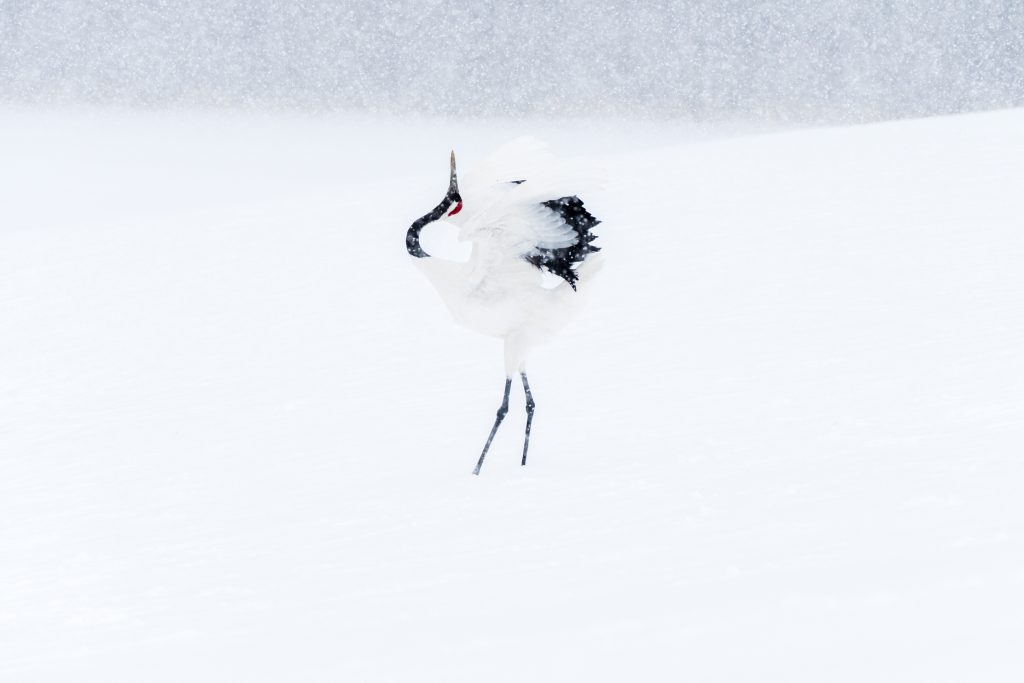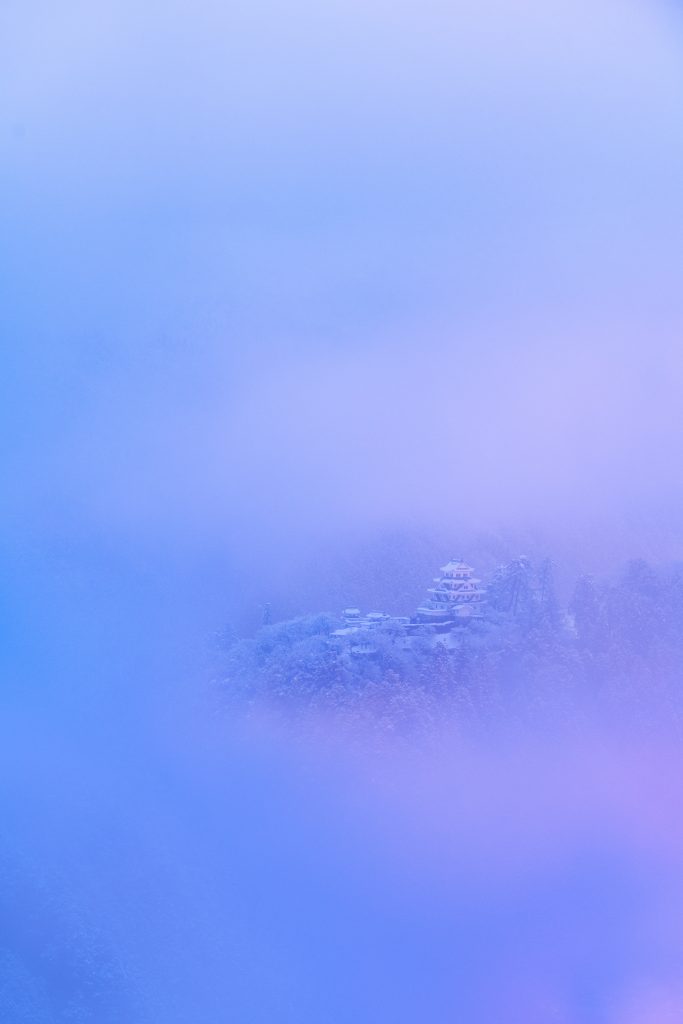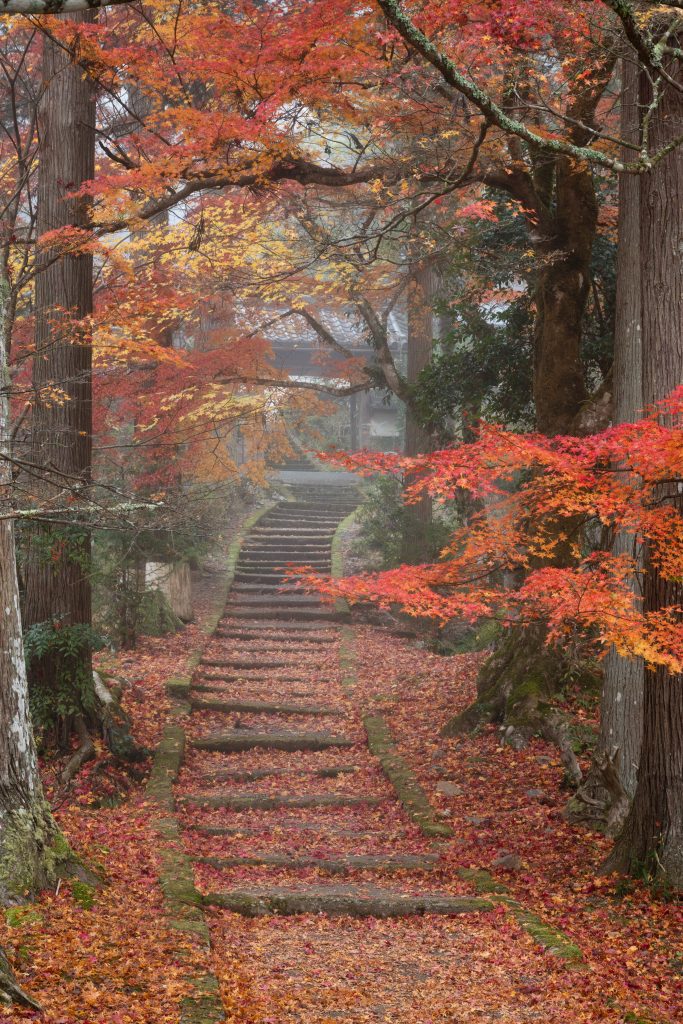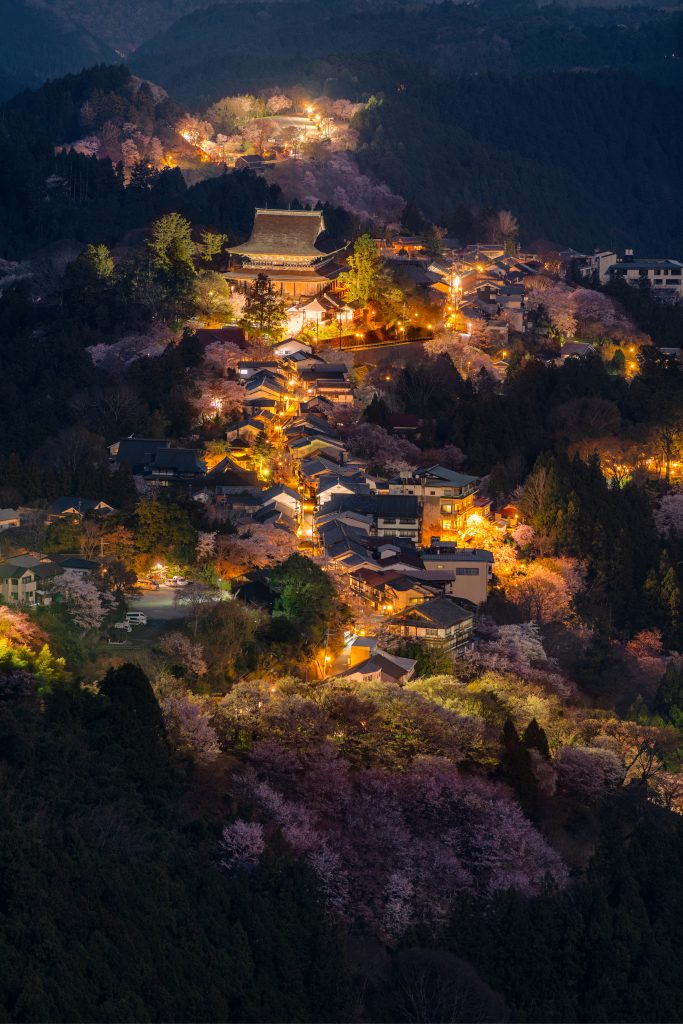This article originally featured in the March 2021 issue of Connect.
Colette English (Hokkaidō) interviewed by Jessica Craven (Saitama)
My “journey” to interview various artists across Japan has taken me to a remote area of Hokkaidōーalthough through the Internet, of course! Although travel is limited at this time, I was able to connect with photographer Colette English online. Her work is so breathtaking that I was absolutely amazed that she is primarily self-taught. Then again, artists always seem to make their own way, and it seems that her life in rural Hokkaidō has given her an opportunity to perfect her new passion. Anyway, it was a pleasure to interview her, and hope you enjoy her thoughts about wildlife and landscape photography.
J: Where are you from, where are you located in Japan, and what made you decide to come here?
C: I’m from Monterey, California and currently live in coastal Eastern Hokkaidō. I had previously visited Japan as an exchange student at Okayama University and majored in Japanese Language and Culture at California State Uni-versity Monterey Bay. To me JET was an obvious next step from there.
J: When did you start photographing wildlife/landscapes? What got you into it?
C: I came to Hokkaidō with my nice point-and-shoot Sony RX100 and while traveling on weekends I fell in love with the natural landscape surrounding me. This on its own wasn’t the push that brought me to where I’m at now though. That happened about six months later. During winter vacation, I went back home to be with my family for Christmas and during this time I was itching to upgrade from my point-and-shoot to a DSLR. This brought me to purchasing the Sony a6000 bundle that came with a zoom lens.
Since I had already invested a good amount of money into the camera, I wanted to learn how to use it properly. When I came back from my trip, I immediately signed up for online courses with the New York Institute of Photography. This is where I received most of my basic technical knowledge.
About a month after taking the course, I was out in Akan with a friend and we decided to go and see the red-crowned crane sanctuary. I had my new camera with the zoom lens with me, hoping to test out my new knowledge on these endangered cranes. It was one photo from that day that fully pulled me into the world of photography and especially wildlife photography.
This sanctuary feeds the cranes dried corn daily and they sometimes do a special feeding of fresh fish around noon that also attracts eagles in the area. This is a big selling point and what draws many to this sanctuary. Here, you have the chance of capturing an interaction of a crane and an eagle in a photograph. With my still budding knowledge of photography, I was able to capture a photo of this special encounter. The end photo wasn’t good by any means but I was hooked from then on.
J: How often do you take photographs? What is your process like?
C: Photography is almost always on my mind. Even while I’m driving I’ll look at scenes of the outdoors that I am passing by and be able to mentally compose a shot. I take photos almost every time I’m out solo traveling and I just choose locations that speak to me. Instagram and Pashadelic are my best sources when it comes to planning a shoot.
Some locations take more planning than others and as I’ve gotten better at taking photos, I keep trying for more rare occurrences. This usually includes photographing locations or wildlife in bad weather. Sometimes I go as far as to research if a location has a live camera nearby so I can truly know if it is snowing. I consider myself a perfectionist and will continuously go back to a photo location until I have the photo. An extreme example of this is my need to visit the Izumi Crane Sanctuary every year during my annual winter road trip. This sanctuary is located all the way down in Kyūshū while all of my other photo locations are in Chūbu and Tōhoku.
J: One thing that really impresses me about your work is the level of attention it must take. Would think that one of the challenges of wildlife photography is the timing, since animals move so quickly. How do you go about getting the “perfect shot?”
C: In one word, it’s persistence. Whether that means waiting outside in horrible weather for hours or continuously going to the same location time and time again, the saying “practice makes perfect” is what it boils down to. Usually my first time at a location is practice. I still don’t know exactly what I want and just shoot everything I can find. From there I think back on the event to see what I did right or wrong, and what quirk I want to try and capture from that animal or bird. Of course, you sometimes just get lucky.
J: What inspires you as a photographer?
C: Fellow photographers in Japan inspire me with all of their amazing photos on Instagram. They keep me on my toes and make me want to visit new, amazing locations. Also the journey is sometimes more rewarding than the destination. That’s why my instagram username is @journey_to_inspiration. Sometimes I’ll spot something off the side of the road andーsince this is JapanーI’ll just stop the car, turn on my hazards, get out of the car, and start shooting.
J: Are there any themes or ideas that you feel influence your work?
C: Not really. Anything that catches my eye is game.
J: What was your experience in photography before coming to Japan?
C: My entire photography journey started in Japan. Before this I was just taking snapshots like most people.
J: What advice do you have for people who are interested in taking their photography to the next level?
C: Find something that keeps the passion alive. I’m very isolated and I can’t go full-blown crazy photographer with most of my friends. I joined online groups to interact with fellow photographers so I could talk about my passion with those that understand. I know some people say to just keep shooting, but that can cause burnout. There’s nothing wrong with taking breaks.
Colette is a sixth-year JET from California now living in Eastern Hokkaidō. She started her photography journey in Japan back in 2015 with a Sony RX100 point-and-shoot camera. Since then she has upgraded her gear to photograph her true passions: wildlife and landscapes. She pairs her love of photography with going on grand road trips across Japan. When not taking photos she is procrastinating by whittling down and editing said photos. You can see more of her photography on her Instagram here or on her website.
Jessica is a fourth-year American JET from Arkansas state now living in Saitama. She is the art section editor for CONNECT. On weekends she enjoys hiking in remote areas of Saitama or taking day-trips to Tōkyō. When not adventuring, she can be found reading or creating her own artwork, which can be seen on her Instagram @jessica_craven_art.










